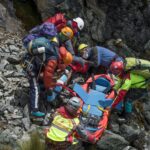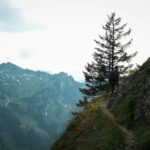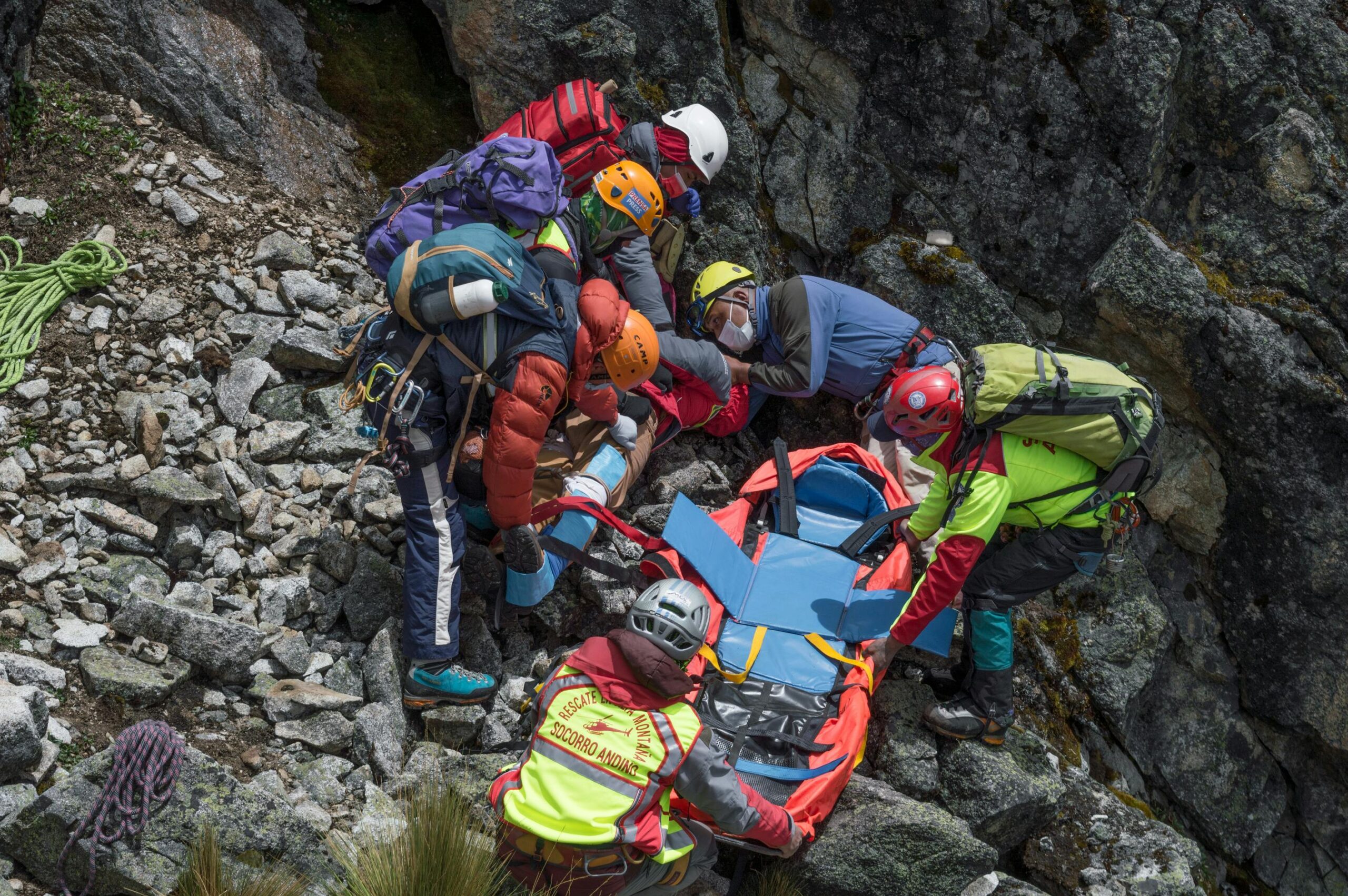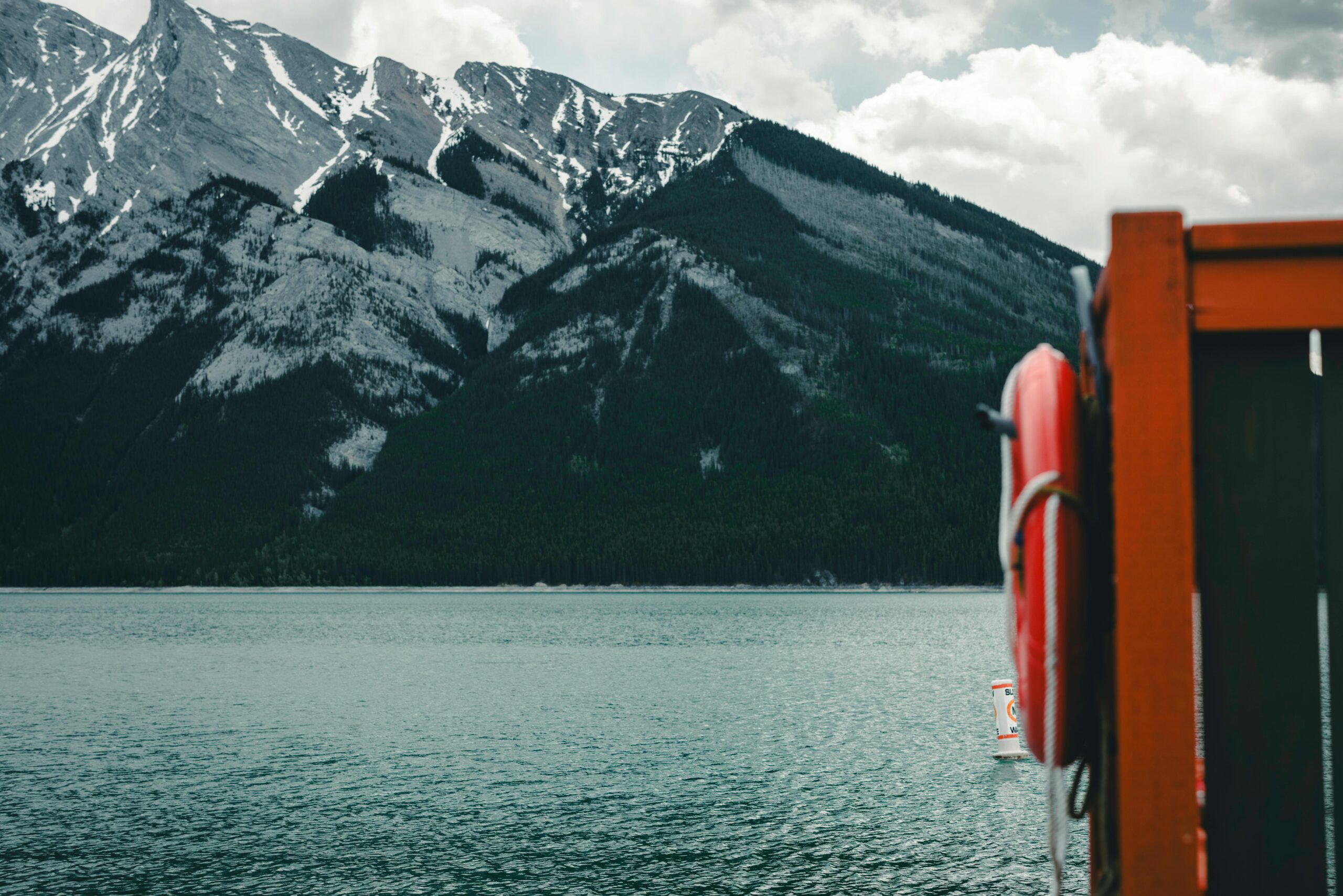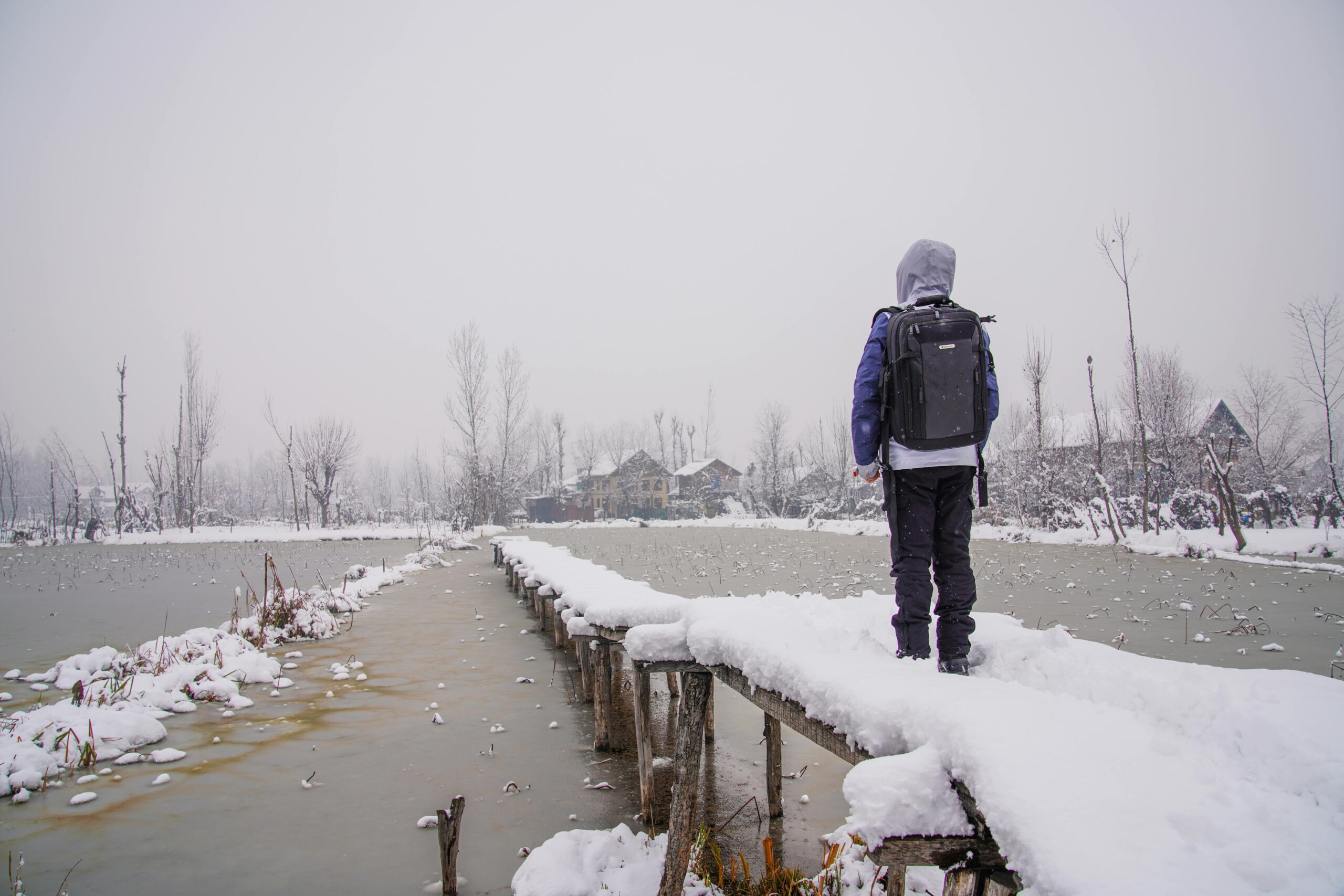Anarchy in the Wild: Ditching GPS for the Lost Art of Compass Navigation
Introduction
In an era dominated by GPS and digital navigation, there’s a certain allure to embracing the traditional methods of map and compass navigation. For those who crave a deeper connection with nature and the thrill of exploration, ditching the gadgets can be a liberating experience. As a nature photographer and wildlife enthusiast, I’m here to guide you through the basics of old-school navigation, and why it’s an essential skill for any serious outdoor adventurer.
The Tools of the Trade
Map and Compass: The Ultimate Duo
When venturing into the wilderness, the most reliable tools you can carry are a map and a compass. A topographical map or aerial map provides detailed information about landmarks, trails, and terrain changes, which are crucial for navigation.
-
Map Orientation: To use your map effectively, you need to orient it with the cardinal directions. Place the map on a flat surface, position your compass near the compass rose, and wait for the magnetic needle to settle. Rotate the map until the compass rose aligns with the magnetic needle, ensuring that the red end of the needle points towards the magnetic north.
-
Multipurpose Compasses: Having multiple compasses can be a lifesaver. Consider tools like survival bracelets, shovels, and binoculars that come with built-in compasses. This redundancy ensures you’re never without a way to navigate.
Navigating Without a Map
Using a Compass Alone
If you find yourself without a map, a compass can still be your best friend. Here’s how to use it:
- Maintaining a Heading: When you leave a trail, note the direction you’re traveling using your compass. To return, simply reverse the direction. This method is particularly useful when following linear targets like roads, trails, or shorelines.
- Regular Checks: In dense or unclear terrain, keep your compass handy and check your direction every 30 minutes to stay on course.
Landmark Navigation
Triangulating Your Position
If you don’t have a compass, you can still use your map to navigate by identifying visible landmarks.
- Find a High Point: Climb a hill, ridgeline, or tall tree to get a clear view of your surroundings. Identify at least two or three landmarks visible from your vantage point.
- Triangulate: Locate these landmarks on your map and rotate the map until they align with what you see. This will help you determine your exact position and the direction you need to travel.
Natural Navigation Methods
The Shadow Stick Method
For those times when you’re without any tools, nature itself can be your guide.
- Shadow Stick: Find a straight stick and stick it into the ground. Mark the end of the shadow with a small stick or stone. As time passes, mark the new end of the shadow. The line connecting these marks will give you an approximate east-west direction. The midpoint of this line will indicate south (in the northern hemisphere).
Practical Tips for Photographers
Capturing Navigation in Action
As a photographer, capturing the process of navigation can add a compelling narrative to your images.
- Document Your Journey: Take photos of your map and compass in use. Show the process of orienting the map and taking bearings.
- Use Landmarks: Incorporate recognizable landmarks into your shots to highlight your navigation skills.
- Shoot in Different Lighting: Capture the changing light as you navigate, especially during sunrise or sunset when shadows are long and dramatic.
Conclusion
Navigating the wilderness with a map and compass is not just a practical skill, but a way to reconnect with nature and tap into your primal instincts. By ditching the GPS and embracing these traditional methods, you’ll find a deeper sense of satisfaction and adventure in your outdoor explorations.
So, the next time you’re planning a backpacking trip, consider leaving the gadgets behind and rediscovering the lost art of compass navigation. Remember, “Discover the wild, one frame at a time—explore, capture, and protect the beauty of our natural world!”


